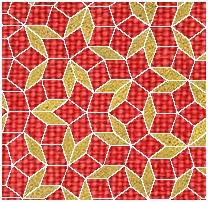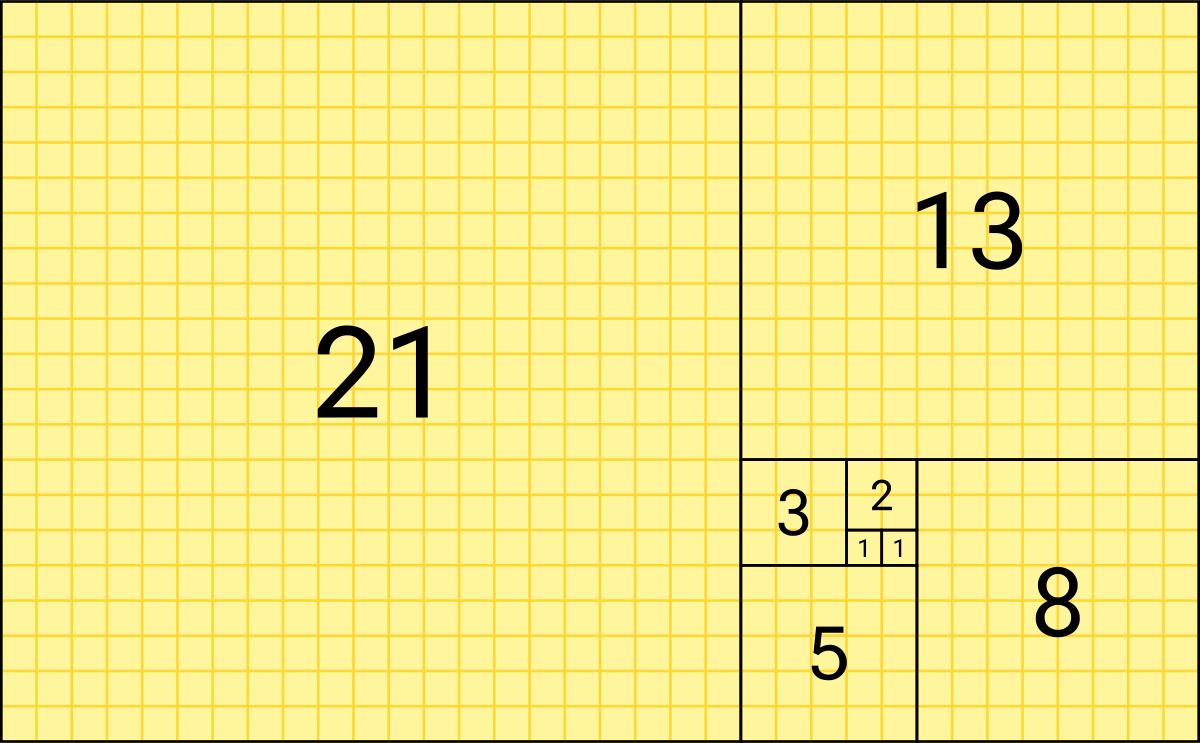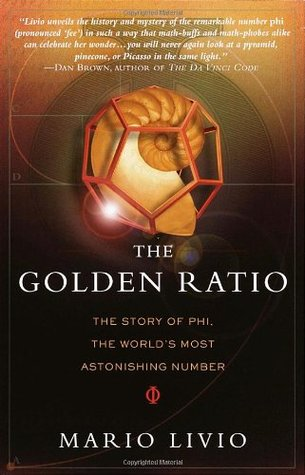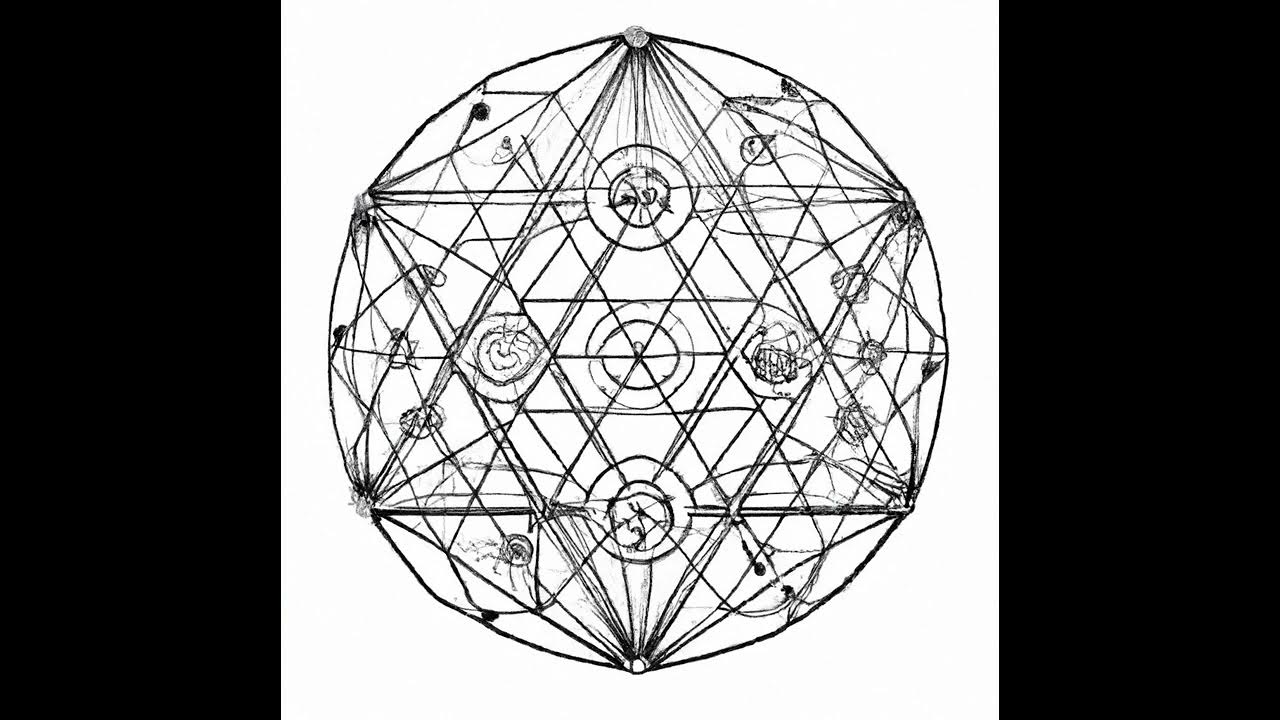Archaeoastronomer
Well-Known Member
- Joined
- Sep 30, 2023
- Messages
- 229
- Reaction score
- 346
- Points
- 63
- Age
- 67
Hi Lynne,
Very hard to stack on balled feet, however enlarging your thesis on a flat plane i would introduce you to Roger Penrose famous for Penrose tiling and what this means for molecules and space, he was interested in the number five on a flat plane.

 en.wikipedia.org
en.wikipedia.org

 www.goldennumber.net
Fibonacci sequence is the same as the Golden Ratio:-
www.goldennumber.net
Fibonacci sequence is the same as the Golden Ratio:-

 en.wikipedia.org
We often copy this in buildings.
en.wikipedia.org
We often copy this in buildings.
It's latest application has been on a new Aston Martin Sports Car!

 www.goldennumber.net
www.goldennumber.net
Very hard to stack on balled feet, however enlarging your thesis on a flat plane i would introduce you to Roger Penrose famous for Penrose tiling and what this means for molecules and space, he was interested in the number five on a flat plane.

Roger Penrose - Wikipedia

Penrose Tiling and Phi - The Golden Ratio: Phi, 1.618
Tiling in 5-fold symmetry was thought impossible! Areas can be filled completely and symmetrically with tiles of 3, 4 and 6 sides, but it was long believed that it was impossible to fill an area with 5-fold symmetry, as shown below: 3 sides 4 sides 5 sides leaves gaps 6 sides The solution was […]

Fibonacci sequence - Wikipedia
It's latest application has been on a new Aston Martin Sports Car!

Aston Martin, James Bond and the Golden Ratio
What do James Bond, Aston Martin and the Golden Ratio have in common? James Bond, also known as 007, drove an Aston Martin DB5 in the movies GoldFinger and GoldenEye, and Aston Martin is now boasting its application of the Golden Ratio in the design of its latest DB9 and Rapide S automobiles...





